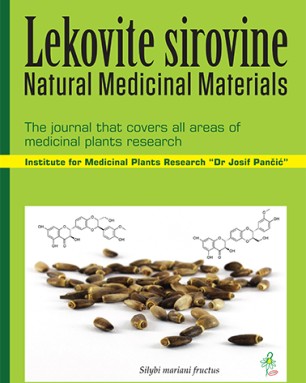Institute for Medicinal Plants Research “Dr. Josif Pančić" , Belgrade , Serbia
Department of Pharmaceutical Technology and Cosmetology, Faculty of Pharmacy, University of Belgrade , Belgrade , Serbia
Department of Pharmaceutical Technology and Cosmetology, Faculty of Pharmacy, University of Belgrade , Belgrade , Serbia
Biologically active compounds from plants have attracted great interest due to their affordability, effectiveness and low toxicity. Herbal extracts provide an infinite resource of raw materials for pharmaceutical, cosmetic and food industry. Unfortunately, use of the valuable natural compounds can be limited by their low bioavailability, volatilization of active compounds, sensitivity to the temperature, oxidation and UV light, in vivo instability, as well as unpleasant taste. One of the potential strategies to overcome these issues is microencapsulation of the biologically active ingredients. In this review, preparation, applications and limitations of the most popular techniques for microencapsulation, such as spray drying, fluid bed coating, encapsulation using supercritical fluids, freeze drying, ionic gelation, emulsification-solvent removal methods and formulation of liposomes, were discussed. Also, microparticles properties produced by presented microencapsulation methods were interpreted.
This is an open access article distributed under the Creative Commons Attribution License which permits unrestricted use, distribution, and reproduction in any medium, provided the original work is properly cited.

The statements, opinions and data contained in the journal are solely those of the individual authors and contributors and not of the publisher and the editor(s). We stay neutral with regard to jurisdictional claims in published maps and institutional affiliations.